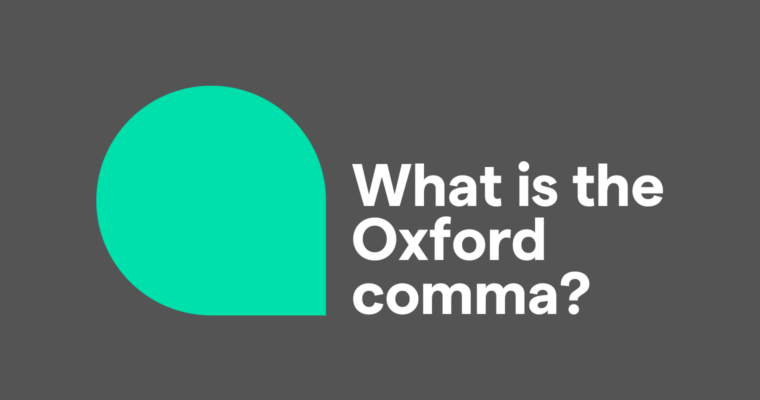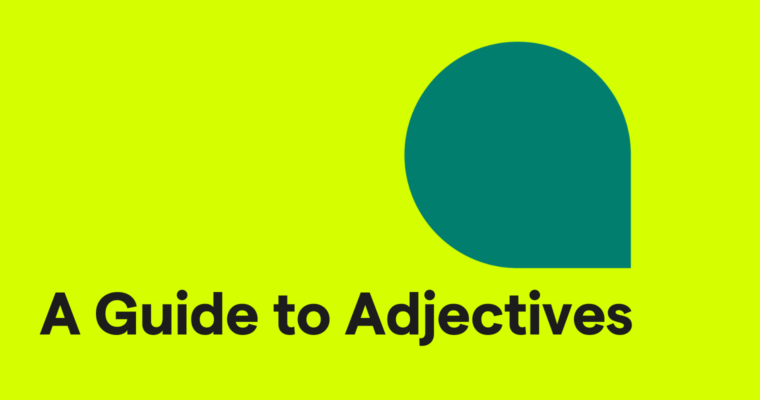A relative pronoun is a word that introduces a dependent (or relative) clause and connects it to an independent clause. A clause beginning with a relative pronoun is poised to answer questions such as Which one? How many? or What kind? Who, whom, what, which, and that are all relative pronouns.
Relative clauses are also sometimes referred to as adjective clauses, because they identify or give us additional information about the subject of the independent clause they relate to. Like adjectives, these clauses in some way describe that subject. Relative pronouns, like conjunctions, are words that join clauses—in this case, a relative clause to its main clause. The type of relative pronoun used depends on what kind of noun is being described.
List of relative pronouns
Who: Refers to a person (as the verb’s subject)
Whom: Refers to a person (as the verb’s object)
Which: Refers to an animal or thing
What: Refers to a nonliving thing
That: Refers to a person, animal, or thing
I am not sure whom this book belongs to. Interpretative dance, which I find a bit disconcerting, is all the rage. Is this what you were talking about? She finally visited the coffee shop that had such great reviews.
Possessive relative pronouns
It surprises some people to learn that both who and which can take the possessive form whose. Some will argue that of which is a better construction when talking about things rather than people, but this results in unnecessary awkwardness. The truth is that whose has been widely and correctly applied to nonhumans for hundreds of years.
The house whose owner is on vacation has an unsightly garden. The house, the owner of which is on vacation, has an unsightly garden. (This is correct but cumbersome.)
Compound relative pronouns
The term compound relative pronoun sounds complex, but it really isn’t. Simply put, compound relative pronouns apply universally to a number of people or things. They include whoever, whomever, whichever, and whatever.
Whomever you hire will be fine with me. Whichever train you take from here, you will end at Charing Cross station. Carly will be successful at whatever she chooses to do in life.
Grammar conundrum no. 1: that vs. which
Two relative pronouns whose functions are easily confused are that and which.
The rule of thumb is this: That introduces a restrictive clause, and which introduces a nonrestrictive clause.
A restrictive clause is an essential part of its sentence; if it were taken out of the sentence, the sentence’s meaning would change. Nonrestrictive clauses are just the opposite.
If we were to excise the clause “that has the fur coats in it” from the sentence, the meaning of the sentence would change. We would no longer know which wardrobe leads to a magical land with talking animals, which was the intention of the sentence. This kind of clause gets a that. The word which, on the other hand, should introduce a nonessential clause that can be removed from a sentence without changing the sentence’s meaning.
Here, “which contains several fur coats” is a parenthetical remark that can be removed without materially altering the sentence. Nonrestrictive (or nonessential) clauses are set off with commas, as shown in the example above.
Grammar conundrum no. 2: who vs. that
Not every style guide agrees on whether that is an acceptable relative pronoun to use when referring to people. To some, the following sentence may sound incorrect.
The truth is, this sentence is perfectly fine. Yet you may want to consider that your readers could disagree. Go with the safer bet, who.
Grammar conundrum no. 3: Keep pronouns and antecedents close
An antecedent is the noun that a pronoun refers to. To ensure clarity, place an antecedent immediately before the relative pronoun referring to it.
An unnecessary ambiguity is created in this sentence. What is pristine, the park or the street? Reordering the sentence can help, but rewriting it would be even better.
And that’s the relative pronoun in a nutshell. Relatively painless, wasn’t it?





